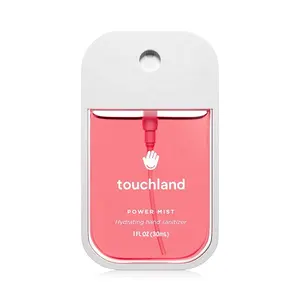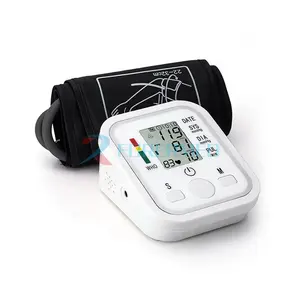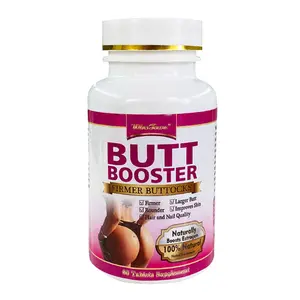आपके उद्योग में लोकप्रिय



 शिप करने के लिए तैयार
शिप करने के लिए तैयार
























































































































































































































शीर्ष श्रेणियां
युवा खेल जैकेट के बारे में
आपके नैदानिक परीक्षणों और विश्लेषण को अब आधुनिक के लिए आसान बनाया गया है। युवा खेल जैकेट पर ये तकनीकी रूप से उन्नत हैं। युवा खेल जैकेट उच्च परिशुद्धता के साथ बेहतर प्रदर्शन की पेशकश लगातार प्रदर्शन। ये। युवा खेल जैकेट संचालित करना आसान है और आपकी आवश्यकताओं के अनुरूप पूरी तरह से अनुकूलित किया जा सकता है। इन उत्पादों को साइट पर लाइसेंस प्राप्त और सत्यापित आपूर्तिकर्ताओं से खरीदें।
मजबूत और उन्नत। युवा खेल जैकेट यहां दिए गए उच्च गुणवत्ता वाले उत्पादों जैसे कि प्लास्टिक, धातु, कठोर फाइबर, आदि से बने हैं, और कई डिजाइनों में उपलब्ध हैं। ये उत्पाद अपनी प्रभावकारिता के कारण ग्राहकों के बीच लोकप्रिय हैं और कम से कम शून्य रखरखाव की आवश्यकता है। । युवा खेल जैकेट बैटरी या विद्युत रूप से संचालित होते हैं और अर्ध-स्वचालित और स्वचालित दोनों विकल्पों में आते हैं। आप इन सटीक के साथ विभिन्न नैदानिक परीक्षणों और परीक्षणों की एक बड़ी संख्या का संचालन कर सकते हैं। युवा खेल जैकेट।
में, आपको बड़ी विविधता के बीच चयन करना है। युवा खेल जैकेट उनके आकार, आकार, क्षमता और थर्मल साइक्लर, ऑटो हेमेटोलॉजी विश्लेषक, स्वास्थ्य विश्लेषक, मधुमेह विश्लेषक, रक्त विश्लेषक, और कई अन्य कार्यों के आधार पर। ये सभी। युवा खेल जैकेट CE, ISO, BIOBASE, एसजीएस इष्टतम और सुरक्षित गुणवत्ता सुनिश्चित करने के लिए प्रमाणित हैं। से भी चयन कर सकते हैं। युवा खेल जैकेट जो सहज ज्ञान युक्त इंटरफेस, आंतरिक या बाहरी प्रिंटर, स्मार्ट तापमान नियंत्रण के साथ आते हैं, और एक समय में कई परीक्षण कर सकते हैं।
एक के असंख्य से चुनें युवा खेल जैकेट विकल्प और उन उत्पादों को खरीदें जो आपके बजट के साथ सिंक में हैं। ये उत्पाद OEM आदेशों के रूप में उपलब्ध हैं और आपकी कस्टम आवश्यकताओं के अनुसार पैक भी किए जा सकते हैं। थोक खरीद पर शानदार छूट का आनंद लें।

















